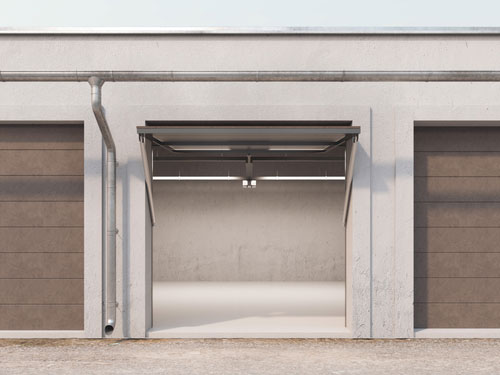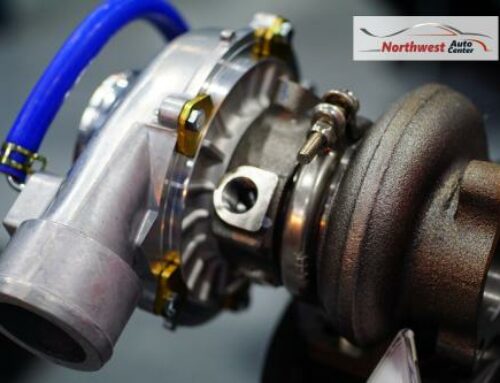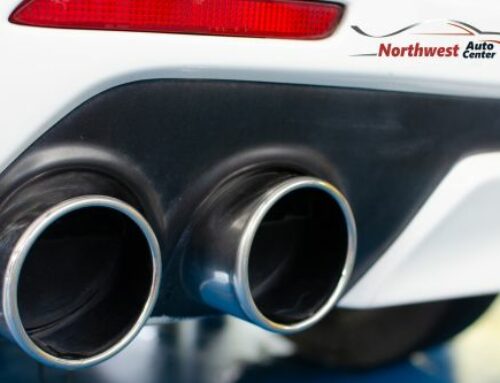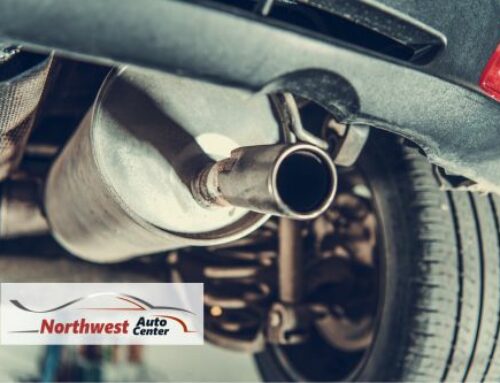Storing your car isn’t all that uncommon. Maybe you live in a city and don’t drive your vehicle very often. Or, perhaps you plan on traveling and need to store your car in your absence safely.
Just because you won’t be driving the vehicle doesn’t mean that you shouldn’t plan on maintenance and care. If you plan on putting your automobile in storage for an extended amount of time you may consider some of the preparation and maintenance tips listed below.

Preparing Your Vehicle for Storage
1. Clean the Vehicle
Clean your vehicle inside and out.
Cleaning the Interior
Make sure that you aren’t leaving anything valuable or something that you may need at a later date inside the car. Make sure to check the trunk.
Don’t leave anything inside the vehicle that could cause harm to the interior. Make sure there are no drinks or food left behind before you say ‘goodbye’ to your car.
Cleaning the Exterior
Wash and inspect your vehicle’s exterior. A thorough cleaning will remove any harmful substance that causes rust to your car’s parts or damage the paint job.
2. Check the Tires
Your car will be sitting on its tires during the duration of its time in storage. Start by inspecting each one to make sure they are in good condition. The tires should be able to hold air while you’re away.
Next, inflate the tires. Your vehicle’s tires will deflate over time from weather or pressure loss. You should expect this to happen.
3. Fill it up
It’s essential to fill up your car’s gas tank if you plan to store it for more than one month. Why? It can prevent moisture build-up in the tank, ultimately protecting your fuel line and engine from corrosion.
Also, it’s a good idea to have ample gas in your vehicle when you start the ignition again. A car that sits unused for months with an empty gas tank could need some coaxing when starting up again. Skipping this inconvenience is easy.
4. Check the Fluids
Top off all of your vehicle’s vital fluids. Fluids needing a top-off include your car’s anti-freeze, oil, transmission fluid, windshield wiper fluid, etc. Before parking, drive the car around some to allow the fluids to circulate before putting your vehicle in storage.
What to Do When Storing Your Car
1. Tuck it in
Covering your car is an easy way to keep it from getting scratched or dinged while it’s sitting in storage. A car cover should also help keep the dirt off your vehicle after its pre-storage cleaning. They come in all shapes and sizes. You should have no problem finding the right one for your needs.
2. Check the Battery
Sometimes batteries will die when a car is in storage. You (or someone you trust) should check the battery every so often by starting and driving the vehicle a short distance.
3. Prevent Tire Flat Spots
Part of preparing your car for storage is inflating the tires. However, driving the vehicle, if possible, will prevent deflating tires from forming flat spots.
A flat spot on a tire is formed when the weight of the vehicle pushes down on the tire’s tread. If a car sits in one position for too long, the flat spot could become a permanent part of the tire and need replacement.
4. Keep Your Vehicle’s Insurance
Just because you aren’t driving your car doesn’t mean that it’s entirely out of harm’s way. Keeping an insurance policy on your stored vehicle is essential.
In addition, canceling your car insurance for an extended amount of time may raise the premium on your vehicle when rebuying a policy. Many insurance companies have a minimum monthly payment for cars kept in storage. Talk to your agency to keep from paying more money in the long-run.
Taking Your Vehicle Out of Storage
When you’re ready to take your vehicle out of storage, there’s a list of things you may want to check. It’s always a good idea to make sure your car is running correctly and safely before taking it out for a joy ride.
1. Check the Tire Pressure
Like we said before, you can expect your vehicle’s tires to deflate when put in storage. Always check the tire pressure before putting your car back on the road.
2. Check the Brakes
Before driving your vehicle out of storage, check that the brakes are working correctly. In the case that they may have rusted or that the brake fluid line may have corroded, you may have a serious problem on your hands.
3. Check for Animals
It isn’t uncommon for small animals or rodents to crawl into the tailpipe or under the hood of a parked car. Check under your engine and in your exhaust pipe before starting your vehicle for the first time since it’s been in storage.
4. Check for Fluid Leaks
Depending on how long your car has been in storage, you may want to check all fluid pipes and fluid levels in case you need repairs.
If you aren’t sure about any of the maintenance that we suggested in this article or aren’t comfortable doing it yourself give us a call at Northwest Auto Center of Houston. We’re happy to answer your questions or to schedule an inspection. Don’t wait!






Leave A Comment
You must be logged in to post a comment.